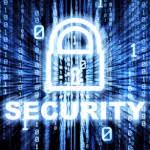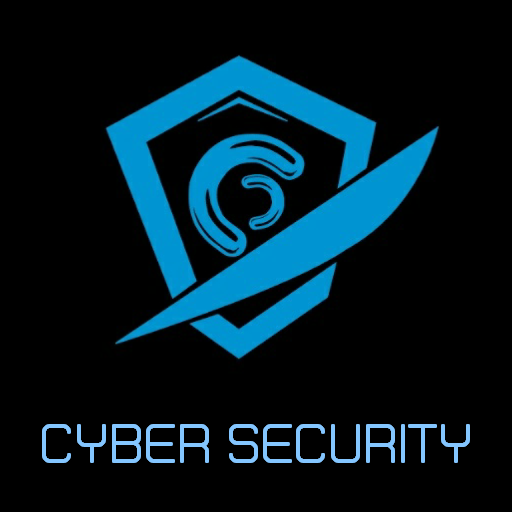How Blue Teams Design a Secure Security Architecture.
A robust and well-designed security architecture. This isn’t just about throwing firewalls and antivirus software at the problem; it’s a strategic, multi-faceted approach meticulously crafted by a Blue Team the organization’s internal cybersecurity defenders. This article will guide you through the intricate process of how a Blue Team designs a secure security architecture, providing insights into the critical steps and considerations involved in building a powerful defense against malicious actors.
The Foundation: Understanding the Landscape & Defining the Mission
Before blueprints are even considered, the Blue Team needs a clear understanding of the territory they’re defending.
This involves two crucial steps:
* Assessing the Existing Security Posture: The first step is a thorough audit of the organization’s current security measures. This includes:
* Vulnerability Assessments: Identifying weaknesses in systems, applications, and network infrastructure. Tools like vulnerability scanners and penetration testing are employed to uncover these vulnerabilities.
* Risk Assessments: Analyzing the potential impact of identified vulnerabilities and the likelihood of their exploitation. This helps prioritize remediation efforts based on risk levels.
* Log Analysis: Examining existing logs for suspicious activity, potential intrusions, or security breaches.
* Asset Inventory: Understanding what assets (hardware, software, data) the organization possesses and their relative importance.
* Crafting a Comprehensive Security Policy: A security policy acts as the guiding document for all security efforts. It outlines:
* Acceptable Use Policies: Defining permissible activities for users on organizational resources.
* Data Security Policies: Specifying procedures for protecting sensitive data, including access controls, encryption, and data loss prevention.
* Incident Response Plan: Detailing the steps to be taken in the event of a security incident, including containment, eradication, recovery, and post-incident analysis.
* Password Policies: Enforcing strong password requirements and regular password changes.
* Access Control Policies: Defining who has access to what resources and under what conditions.
Building the Fortress: Layered Defense Through Technology & Tools
With a solid understanding of the current state and a clear security policy in place, the Blue Team can begin constructing the actual security architecture. This involves selecting and implementing various technologies and tools to create a layered defense, often referred to as ‘Defense in Depth.’
* Firewalls: Acting as the first line of defense, firewalls control network traffic based on predefined rules, blocking unauthorized access and malicious traffic. Both network-based and host-based firewalls are crucial.
* Intrusion Detection/Prevention Systems (IDS/IPS): Monitoring network traffic and system activity for malicious patterns and anomalies. IDS systems detect suspicious activity and alert administrators, while IPS systems can automatically block or mitigate threats.
* Endpoint Security: Protecting individual devices (laptops, desktops, servers) with antivirus software, anti-malware tools, and endpoint detection and response (EDR) solutions. These tools detect and respond to threats that may bypass the network perimeter.
* Security Information and Event Management (SIEM) Systems: Centralizing and analyzing security logs from various sources, providing a comprehensive view of the organization’s security posture and facilitating incident detection and response.
* Vulnerability Management Tools: Automating the process of scanning for, identifying, and prioritizing vulnerabilities in the organization’s infrastructure and applications.
* Data Loss Prevention (DLP) Solutions: Preventing sensitive data from leaving the organization’s control, either intentionally or unintentionally.
* Web Application Firewalls (WAFs): Protecting web applications from common attacks like SQL injection and cross-site scripting (XSS).
* Multi-Factor Authentication (MFA): Adding an extra layer of security by requiring users to provide multiple forms of identification, making it more difficult for attackers to compromise accounts.
The selection of these tools should be based on the specific needs and risks of the organization, considering factors such as budget, technical expertise, and regulatory compliance requirements.
The Human Element: Training & Awareness
Even the most sophisticated security architecture can be rendered ineffective if employees are not aware of security risks and best practices. Therefore, a crucial component of a secure architecture is employee training and awareness.
This includes:
* Regular Security Awareness Training: Educating employees about common threats like phishing, malware, and social engineering, and providing them with the knowledge and skills to identify and avoid these threats.
* Phishing Simulations: Testing employees’ ability to identify phishing emails and reinforcing security awareness training.
* Security Policies Enforcement: Ensuring that employees understand and adhere to the organization’s security policies.
Employees often serve as the first line of defense, and their ability to identify and report suspicious activity can significantly reduce the risk of a successful attack.
Continuous Improvement: Monitoring & Testing
Building a secure security architecture is not a one-time effort. It requires continuous monitoring, testing, and improvement.
* Security Information and Event Management (SIEM): Continuous monitoring of logs and security events to detect suspicious activity and potential breaches.
* Regular Vulnerability Scanning and Penetration Testing: Periodically assessing the security of systems and applications to identify new vulnerabilities and ensure that existing security controls are effective.
* Incident Response Drills: Regularly practicing the incident response plan to ensure that the organization is prepared to respond effectively to security incidents.
* Staying Up to Date on Emerging Threats: Monitoring security news and threat intelligence feeds to stay informed about the latest threats and vulnerabilities and adjust the security architecture accordingly.
* Regular Security Audits: External audits to independently assess the effectiveness of the security architecture and identify areas for improvement.
Conclusion: A Dynamic and Adaptive Defense
Designing a secure security architecture is a dynamic and ongoing process. It requires a strong understanding of the organization’s risks, a comprehensive security policy, a layered defense of technology and tools, a well-trained workforce, and a commitment to continuous monitoring and improvement. By following these steps, Blue Teams can effectively forge a strong shield, protecting their organizations from the ever-evolving threat landscape and ensuring the confidentiality, integrity, and availability of critical information systems. The fight is constant, but with a well-designed and diligently maintained security architecture, organizations can significantly improve their chances of staying ahead of the curve and successfully defending against cyber threats.







